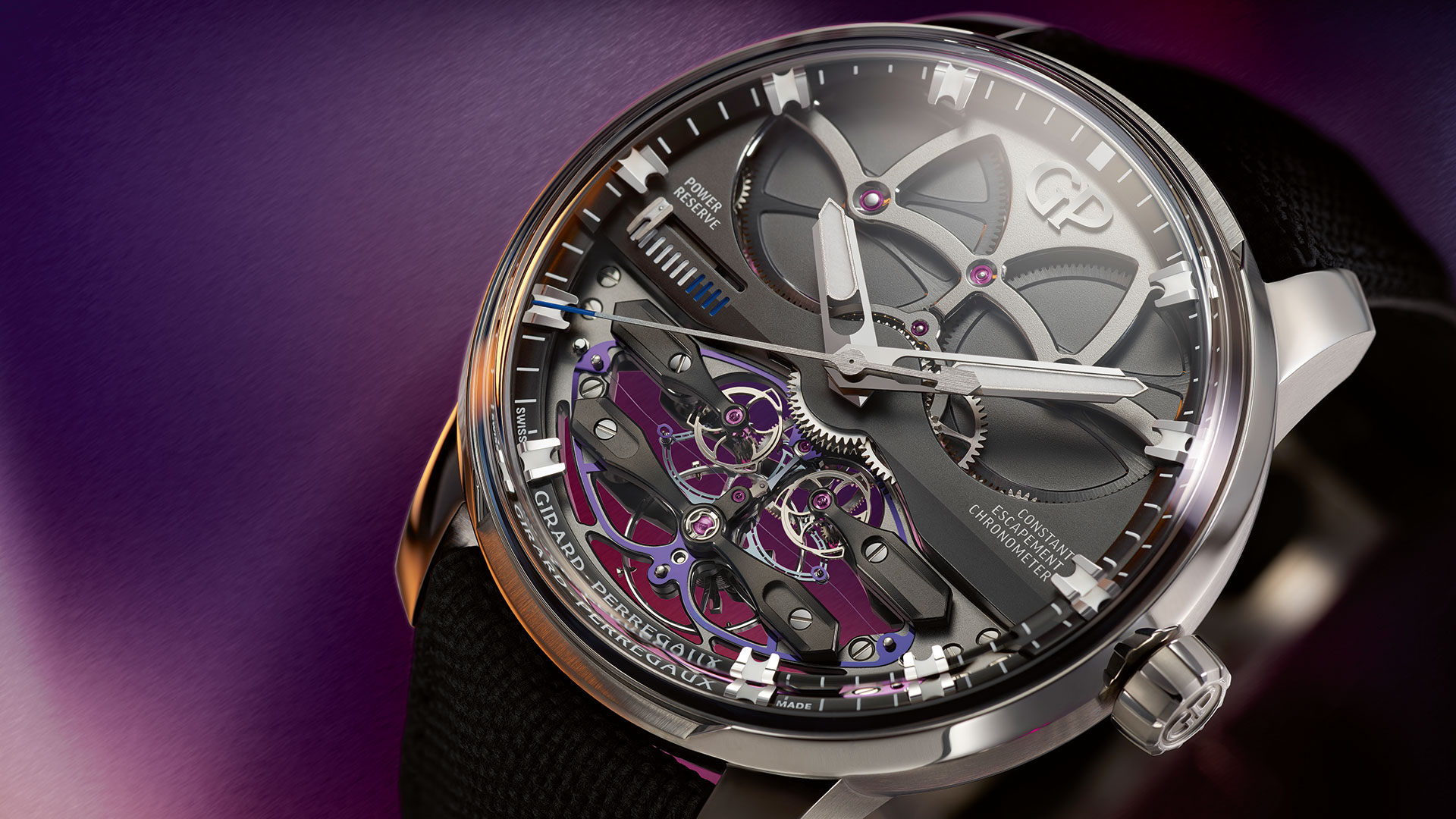Girard-Perregaux, a Swiss watchmaking company, has announced the release of its latest timepiece, the Neo Constant Escapement. This new model is an evolution of the company’s earlier Constant Escapement L.M., which received the ‘Aiguille D’Or’ at the Grand Prix d’Horlogerie de Genève in 2013. The new watch features a constant force escapement, a mechanism that ensures rate stability regardless of the energy level in the watch.
The development of the constant force escapement took Girard-Perregaux 20 years, a relatively short period compared to the 250 years it took to develop the Swiss lever escapement. The new model also pays homage to Constant Girard, the 19th-century watchmaker who was known for his work on highly precise pocket watches and his aesthetic contributions to watch design.
The Neo Constant Escapement is part of Girard-Perregaux’s Bridges collection, which has a long history dating back to the 19th century. The collection has evolved over the years to include both classical and contemporary timepieces. The new model is described as neoteric by Clémence Dubois, Chief Marketing Officer of Girard-Perregaux, and sets a new standard in chronometry.
The watch faces the challenge of maintaining a constant force to the regulating organ to ensure precision. This is achieved through an ingenious silicium blade mechanism that keeps the amplitude of the balance wheel uniform, irrespective of the energy level in the watch. The development of this mechanism involved extensive research and multiple patents.
The Neo Constant Escapement is housed in a Grade 5 titanium case, known for its lightness, strength, and corrosion resistance. The watch features a Calibre GP09200 hand-wound movement and has a power reserve of at least seven days. The design allows the wearer to see various components of the movement, including the escapement spring and the balance wheel.
The watch will be available for purchase in January 2024 and will be produced in limited quantities. It incorporates several new technologies and features fewer components than its predecessor, the 2013 model. Girard-Perregaux plans to file additional patents related to this new model in the future.

